Coryn Rivera: Analysing training data on the Tour of California's Glendora Mountain Road
Iconic climb is key lead-in to Tour of California finish on Mount Baldy
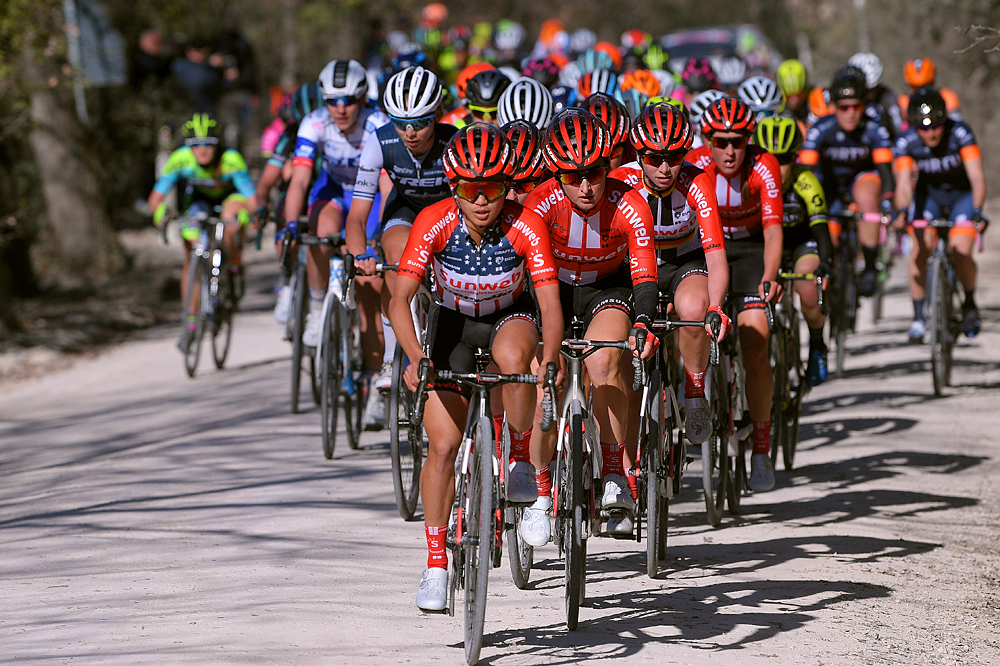
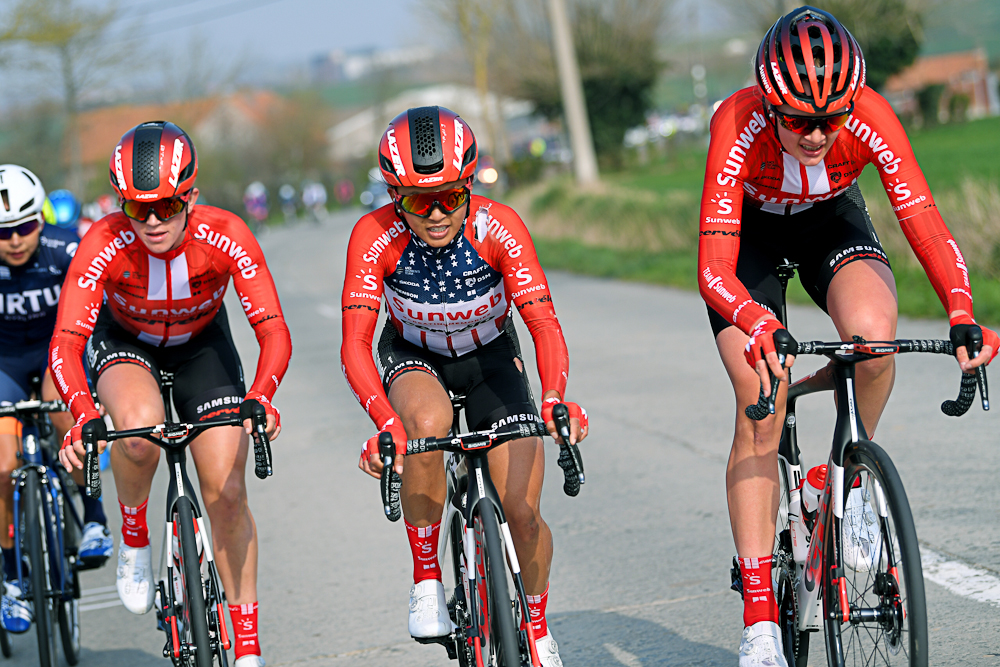
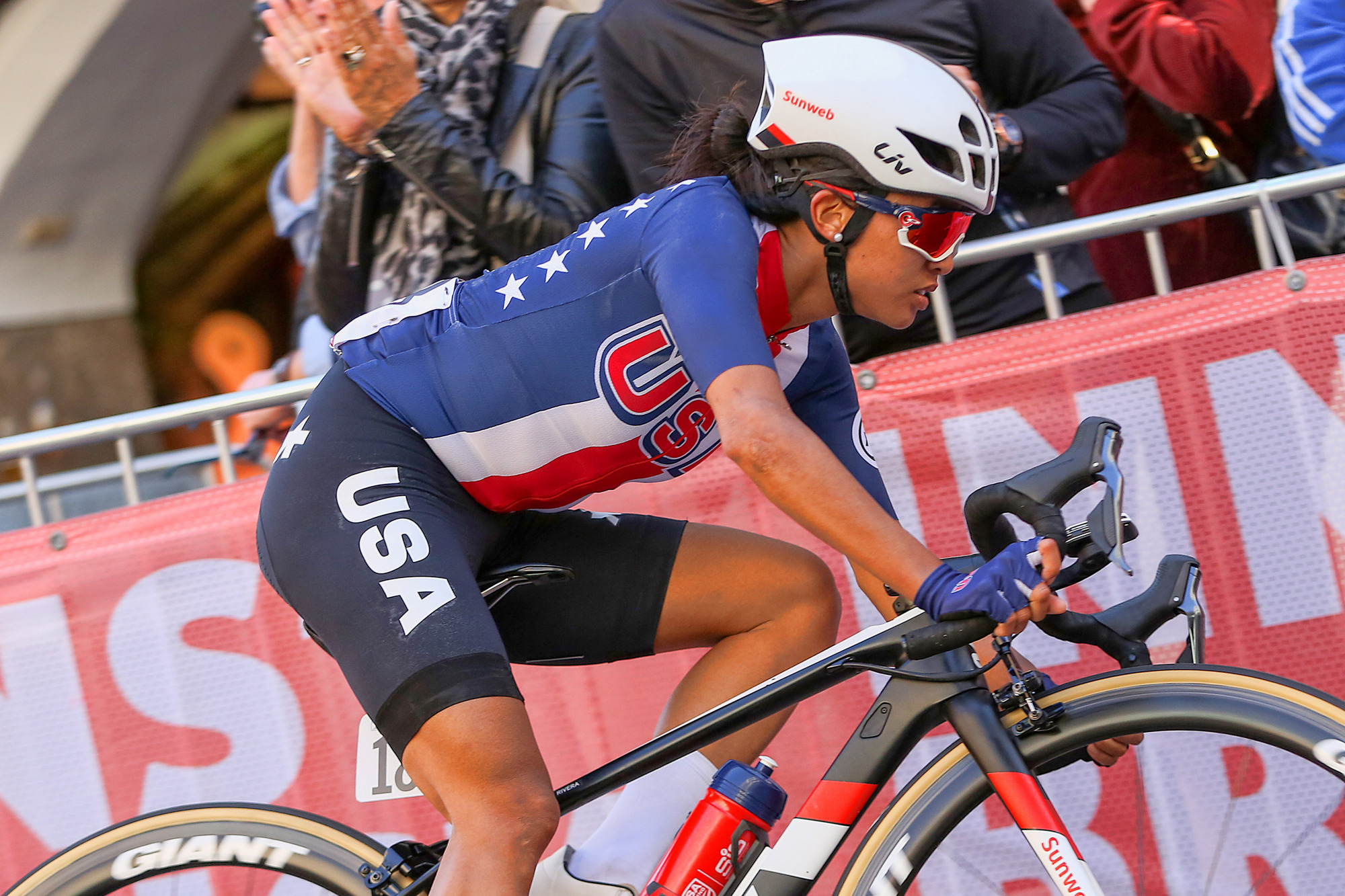
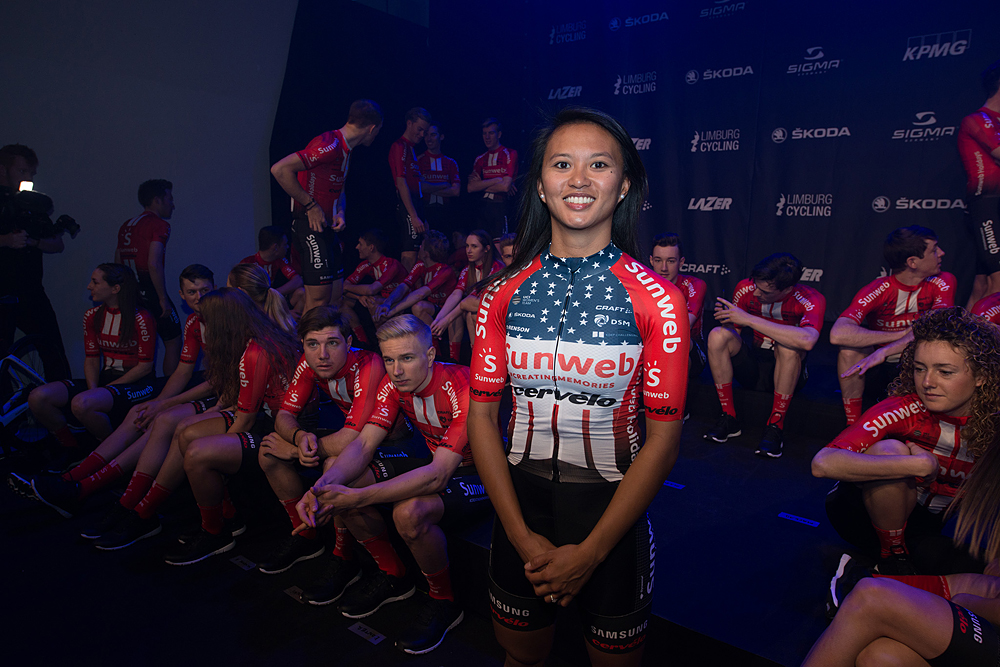
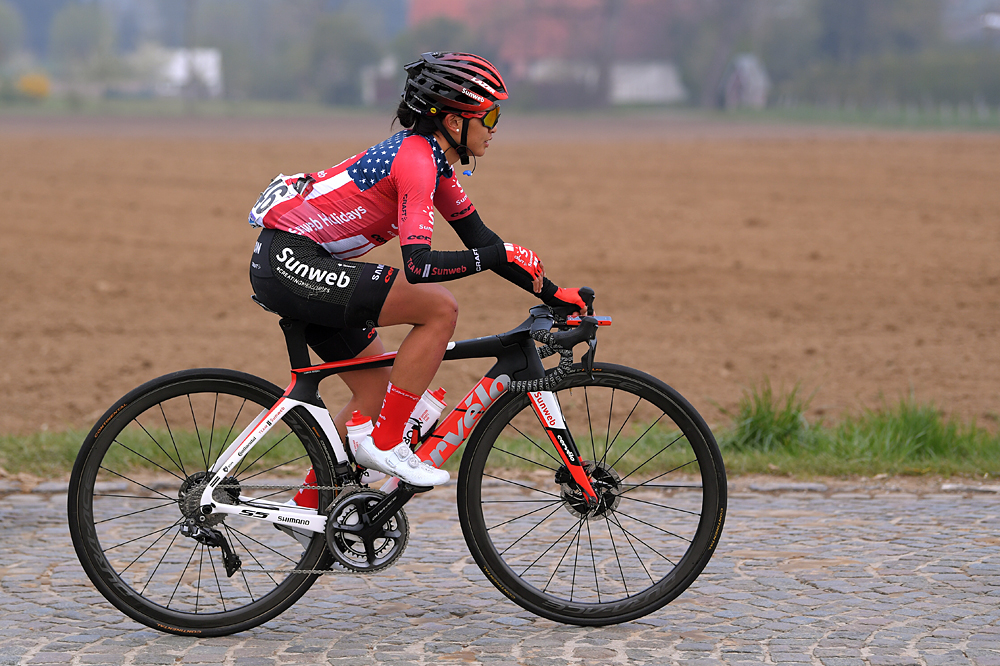
Professional cycling has evolved in the last decade, whereby training programmes have become increasingly more analytical. Coaches and team directors often scrutinise every aspect of data files as athletes push every last muscle fibre, heart beat and watt into an effort to develop their best possible form needed to be competitive on the WorldTour.
US road champion Coryn Rivera (Sunweb) shared what she considers one of her toughest training sessions with Cyclingnews: a description and breakdown of intervals on Glendora Mountain Road (GMR). The ascent is used as a lead-in to the summit finish on Mount Baldy at the end of stage 2 (women) and stage 6 (men) at the Tour of California. It's a local climb for Rivera, who lives in Newport Beach, and so she used the climb to train for the Innsbruck World Championships last September. She also shares with Cyclingnews a peek into a page of her training diary, and we speak with her coach Hendrik Werner.
"Glendora Mountain Road is in the middle of the stage race, and I think, realistically, it's not a stage suited for me," Rivera told Cycingnews at the women's team presentation in Ventura on Wednesday. "Personally, I love GMR, Ridge Road – I love that climb. I’ve been doing GMR since I was 12 years old. I can go up and down it blindfolded. It would be cool if we could also go down GMR, though. I'd love that.
"When it comes to Mount Baldy, it's so difficult, and there's something brutal about the climb. No matter how strong you feel, it's still hard. For a mountain-top finish, there aren't many of them in women's cycling, and so it's good to have them for the sport."
Rivera said that her Sunweb team will be working for GC rider Juliette Labous, who arrived a week ahead of the race to train on Glendora Mountain Road with Rivera.
"She came out a little bit early to help get over the jet-lag, and we previewed the GMR and Mount Baldy stage, so she knows what it feels like, and what kind of pacing she wants to do. It was cool for her to come out to study the race like that."
Coryn Rivera (Sunweb)
Workout: Climbing Session
Date: August 31, 2018
Location: Glendora Mountain Road, Glendora, California
Goal: Improve climbing, specifically ahead of the UCI Road World Championships in Innsbruck
Get The Leadout Newsletter
The latest race content, interviews, features, reviews and expert buying guides, direct to your inbox!
Description: 210 minutes
- 1 x 10-15 minutes climb: Focussed on a higher cadence of 100rpm and in zone 2.
- 1 x 20-30 minutes climb: Focussed on steady power in the low zone 3. Every 3-4 minutes, attack for 20 seconds in zone 5.
- 1 x 30 minutes climb: Focussed on alternating 220-240 watts for 3 minutes with 160-180 watts for 3 minutes
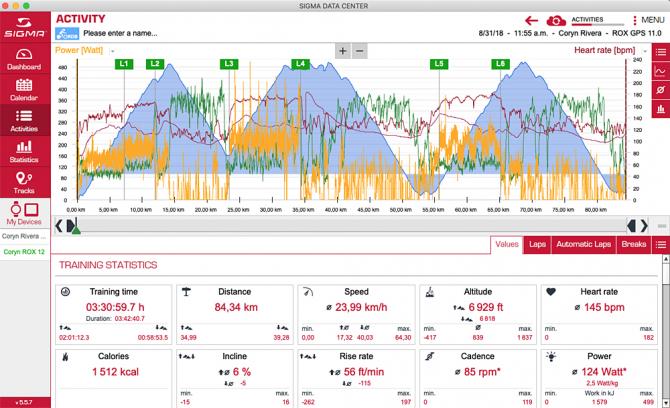
Coryn Rivera's training diary for August 31, 2018
Slept in and got ready to drive out to the mountains for a quality day. Just like old times, parked at the bottom, and went up Glendora Mountain Road (GMR), down East Fork, up East Fork, down GMR, and one more time up GMR – 3.5 hours in total. I used to do this exact training two times a week when I was a junior – good times. First time up GMR, I took it easy and half way up, after about 30 minutes, I did the 100rpm zone 2 to warm up. Descended East Fork and did 30 minutes in zone 3 with an attack every 3.5 minutes, or so. I would get over 400 watts for each attack.
I suffered on this one, and I almost felt like throwing up by the end of it, but I enjoyed pushing myself in the effort.
I descended GMR like a mad dog and stopped by my car to get a fresh bottle and some more ride food, and got ready for the last effort of the day.
I felt strong throughout but sometimes had a hard time getting above 220 watts without really struggling. I felt like it was easier to get there by standing, so for the last few three-minute blocks, I would push seated for a minute and then stand for two minutes, and was able to get in the power zone. 160-180 watts seated was easy, but once I got over 200 watts, I really had to push.
I accomplished all the goals for the day. Had some good climbing, suffering, and fun descending. I almost had a medal or crown on every segment on Strava, but no QOMs. Good thing I'll be back next week. I'm really stoked to get a good quality day at home.
Coach's comments: Hendrik Werner
Once we got the request from Cyclingnews to describe Coryn's "hardest workout", Coryn and I had a short chat and had a hard time pointing out one particular ride as the hardest. We don't believe in a single key session as being a 'breakthrough' in training that leads to a certain race result. We plan Coryn's training in a yearly plan and set specific focus points for certain periods. It's like brushing your teeth, which won't have a significant effect if you only brush one time, but consistently doing so has proven effects, and training needs a similar, consistent approach.
The build-up periods need a controlled overload and the related recovery periods create the space for a proper reaction from the body.
In general, Coryn is very, very competitive – accordingly, it would be easy to present a workout that includes other competitors or teammates, or even a motorbike that challenges her. We use these types of rides in particular moments, and we are also aware that these challenges tax the 'mental tank' and need to be implemented with enough time before a peak race.
For the purpose of this workout example, we wanted to present an individual and more controlled ride. In preparation of the World Championships in Innsbruck, we planned a period of four workouts ahead of the event to focus on Coryn's climbing capabilities. Coryn had the time to do that back home in the US, after the GP de Plouay race in France. Coryn deals very well with travelling, but still, we're always planning a solid adaption time back home.
This ride was planned to be 3-3.5 hours and included longer climbs. Coryn drove by car to a special location – where her father took her when she started cycling, and a climb she used twice per week as a junior rider. The location reminded Coryn of these days and helped her to focus on climbing.
Coryn used full awareness during the workout for both long climbing efforts as well as conscious descending; being fully aware and mindful help to trigger the right adaptions! She did 3 hours 12 mins, with 1,750 metres of vertical gain. [See her remarks in the training logbook below - ed.]
The environment: In addition to the travel background, the heat at that time played a role. During this ride, the temperature was 34C degrees. Heat is another stressor that can be used over a prolonged period as an additional training stimulus. We planned three more extended efforts with a variety of climbing kinetics and higher intensities during a later stage of the ride, which would typically also shift the higher core temperature to a later stage of the ride.
The first climb:10-15 minutes in zone 2. We are using a system with seven intensity zones: zone 0 to zone 6. Since Coryn started fresh, we planned it as a warm-up for later efforts. We increased the cardio demands by doing the intensities with an increased cadence. She did 190 watts during this effort and maintained an average of 100rpm.
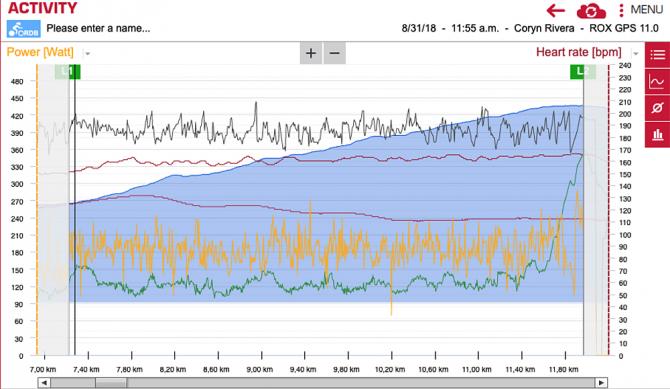
The second climb: 20-30-minutes with a base speed of low zone 3 and including 20-second attacks every 3-4 minutes. Coryn did 25 minutes with 220 watts, and her attacks were each around 350-400 watts.
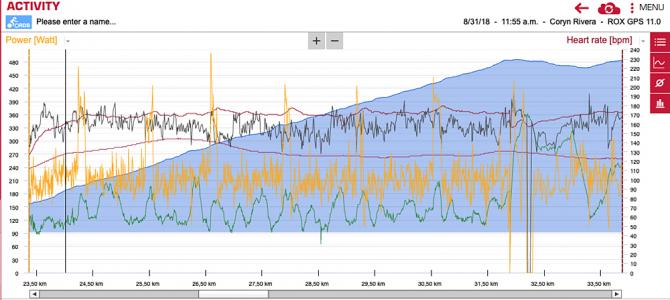
The third climb: 30 minutes while alternating a low zone 3 and a low zone 2. This was a long climbing effort but more moderate, since this effort was already at a later stage.It was controlled but perceived slightly higher than it would have been during an earlier stage. Coryn alternated a low zone 3 and low zone 2 effort for 2 minutes each during the whole 30-minute effort. Although the intensity was a bit lower, we had a little aerobic decoupling, and the heart rate increased in comparison to the earlier part of the training.
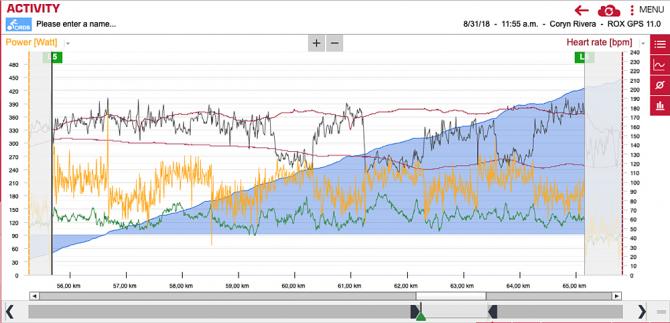
Although we were not pushing to Coryn's physical limit, the efforts and the environment summed up to an overall intense day, and Coryn perceived the suffering with joy. We implemented more climbing during that period and also maintained a rhythm with some flat and fast rides, and higher velocity before she went back to Europe for the Madrid Challenge, and final preparations as a team for the Worlds. Again, this is just a zoomed-in impression of one puzzle piece leading to the Worlds. The sum of the intense rides created the overall load. Coryn's focus during this particular period led to her level and her performances in both the TTT and the road race at the Worlds.
The Outcome: Breakaway at the World Championships
Rivera formed part of a strong American team that lined out at the UCI Road World Championships in Innsbruck last September. The race was 156.2km, which started with an 84km loop from Kufstein to Innsbruck and included the steep 5km climb of Gnadenwald. They dropped down to the Innsbruck circuits for three laps at 23.8km, which also had a climb to Igls, before descending to the finish line in Innsbruck.
After the Gnadenwald climb, Rivera attacked in what started out as a solo breakaway until a small group bridged across. Anna van der Breggen (Netherlands) jumped from the field and rode across to the breakaway, which had started to fall apart. She went on to claim the world title, while Rivera was caught by what was left of the main field and ended up finishing in 31st place.
"Going off the front of the World Championships set the stage for the final of the race. I made my move at the top of the first of three ascents of the Igls climb. It was roughly 90km into the race and 60km to go. It also came after already climbing Gnadenwald, which was 2.8km long with 10.1% average," said Rivera.
"The plan was to get ahead of the race and be able to help the climbers once they reached me. Sure, I am more of a sprinter, but the team and I thought this was the best way to use my strengths as a support rider for the climbers, since it was more likely than not that the finish would not end up in a sprint, so it made no sense to save me for a sprint finish. Plus, I had trained on these kinds of climbing efforts while I was back at home in August.
"The first time up the Igls climb was not easy, which was 7.9km long that averaged 5.7% with some sections at 10%," she continued. "But at the top, there was a lull, and I thought it would be a good time to get ahead of the race without using too much energy to get ahead. After seeing the Jumbotron at the finish line crossing, I realised there was a small group coming across, and we rode together to the base of the second time up the Igls climb.
"Eventual winner Anna van der Breggen bridged to us, went straight through our break, and started to push the pace. I did the best that I could, but the champ dropped most of the break, then me, and finally Amanda Spratt [Australia], and she was off on her merry way to become the world champion.
"In the meantime, I had to pace my climbing to hold a position for a medal. I spent a lot of time alone and kept fighting to stay in medal contention while the rest of the group was still pretty far back. By halfway up the last time up the Igls climb, the peloton caught me, and I hung on to the third group and finished in 31st," said Rivera.
Hear from former cyclist and human rights activist Kristen Worley on gender verification testing, testosterone, old ideologies and human rights in the latest Cyclingnews Podcast Women's Edition.
Coryn RIvera's training zones (Watts)
Z0: 1 - 127
Z1: 128 - 173
Z2: 174 - 207
Z3: 208 - 242
Z4: 243 - 276
Z5: 277 - 345

Kirsten Frattini is the Deputy Editor of Cyclingnews, overseeing the global racing content plan.
Kirsten has a background in Kinesiology and Health Science. She has been involved in cycling from the community and grassroots level to professional cycling's biggest races, reporting on the WorldTour, Spring Classics, Tours de France, World Championships and Olympic Games.
She began her sports journalism career with Cyclingnews as a North American Correspondent in 2006. In 2018, Kirsten became Women's Editor – overseeing the content strategy, race coverage and growth of women's professional cycling – before becoming Deputy Editor in 2023.